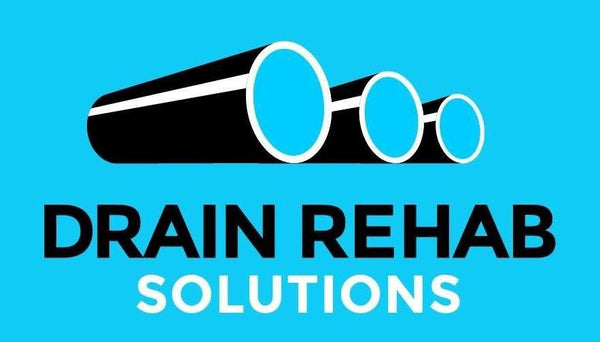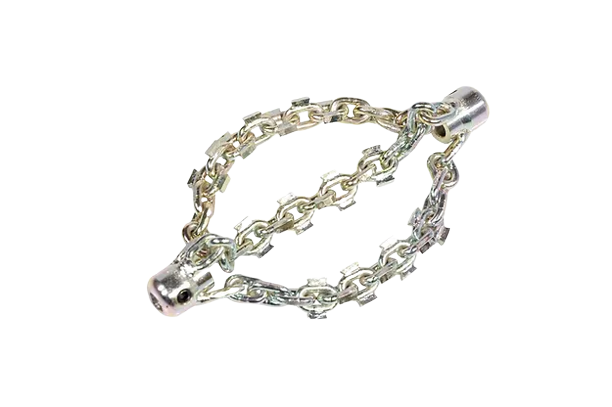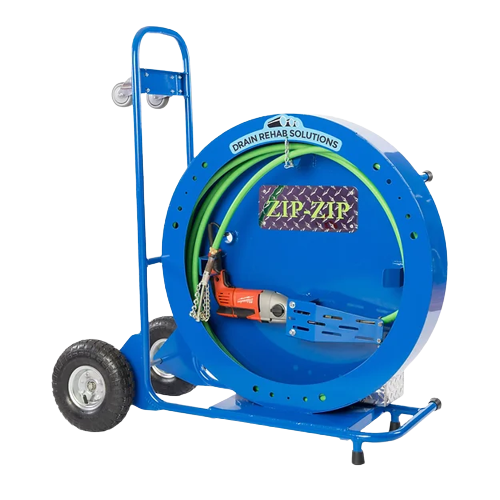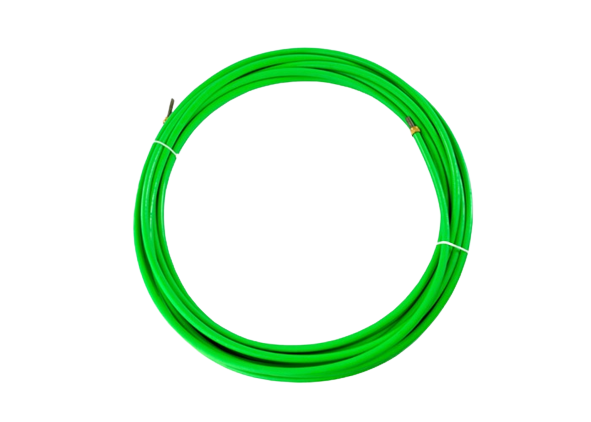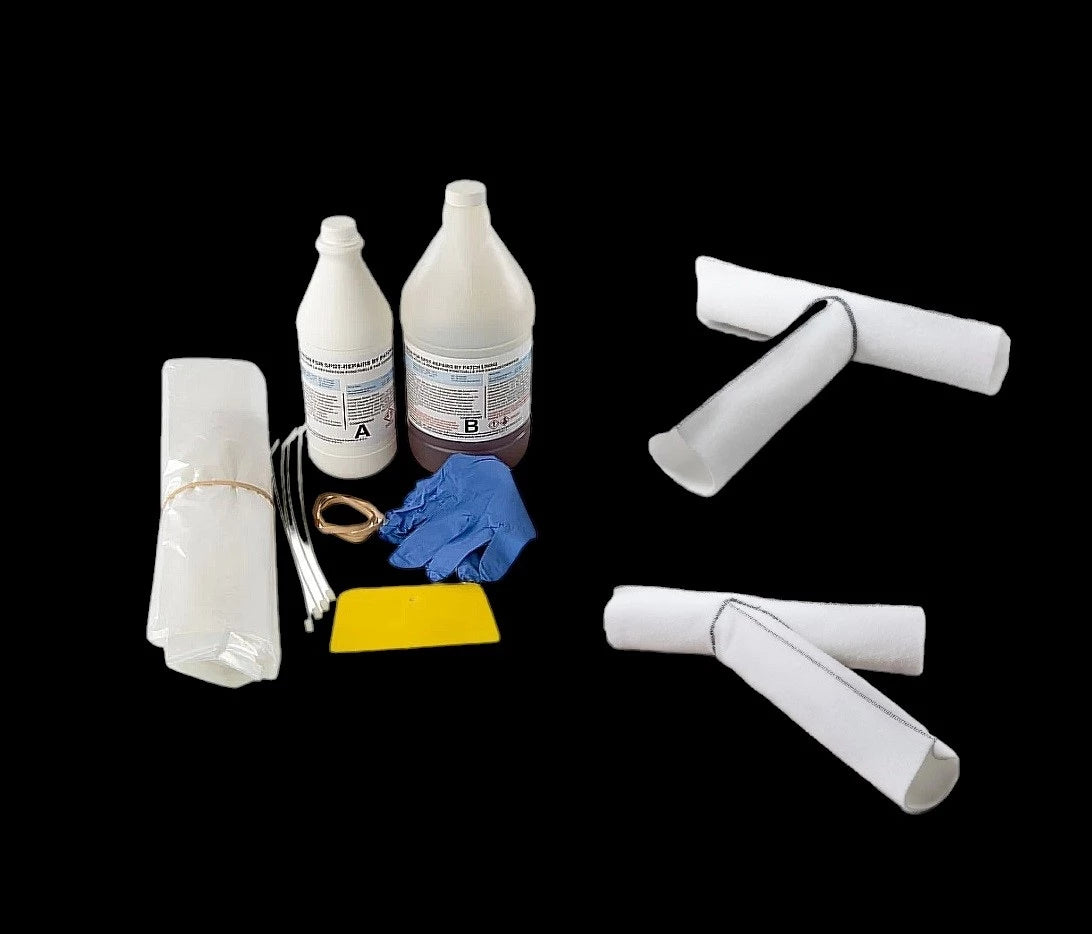As time passes, drains can encounter problems like clogs, fractures, or roots growing into them, necessitating the expertise of professionals to fix them. When selecting a drain rehabilitation service, it is crucial to consider various factors to guarantee you receive the most efficient and enduring resolution. me paraphrase this sentence: The Drain Rehab Solutions blog will delve into the important factors and compare various approaches to assist you in making a well-informed choice and also educate you about cipp trenchless technology.

Some factors to consider when selecting a drain rehabilitation service.
- Identifying the problem with your drainage system is the first step in selecting a service. Common issues include cracks, leaks, and root intrusion. A sewer camera can help diagnose a problem. Knowing the exact issue will help you choose the correct rehabilitation method.
- The age and material of your pipes play a big part in determining the best rehabilitation method. Older pipes made from materials like clay or cast iron might need different treatments than newer pipes. Assessing the condition of the pipes can help determine if a repair or a complete replacement is needed.
- A budget is a crucial consideration for most homeowners. It is essential to balance your budget with the longevity and effectiveness of the solution because different rehabilitation methods come with different costs. Some methods are more expensive upfront, but they can offer better long-term savings by reducing the need for frequent repairs.
- Disruption and convenience can be found in some rehabilitation methods. Traditional dig-and-replace methods can cause significant disruption to your property and daily life while trenchless methods are less intrusive. If you are willing to tolerate disruption, you can help choose the right approach.
- Environmental Impact: If you are conscious of the environment, you might want to look at the environmental impact of the rehabilitation method. Trenchless technologies tend to be more eco-friendly as they reduce soil disturbance and waste.
Comparing Different Drain Rehab Solutions selecting the right drain rehabilitation method is essential for ensuring the longevity and efficiency of your drainage system. Here, we compare several popular methods to help you make an informed decision regarding Drain Pipe Rehab System.
- Traditional Dig-and-Replace: This conventional approach involves digging up the affected area to access and replace the damaged pipe. It is highly effective for severely damaged or collapsed pipes but tends to be disruptive and time-consuming. This method is typically used when pipes are beyond repair and need complete replacement.
Pros: Can replace severely damaged pipes; Offers a permanent solution.
Cons: Highly disruptive; Time-consuming; Expensive due to labor and restoration costs.
- Pipe Lining (CIPP - Cured-In-Place Pipe): CIPP is a trenchless rehabilitation method where a resin-coated flexible liner is inserted into the damaged pipe. Once in place, the liner is inflated and cured, forming a new pipe within the existing one. This technique is ideal for pipes with cracks, leaks, and minor root intrusions.
Pros: Minimal disruption; Quick installation; Long-lasting solution.
Cons: May not be suitable for severely damaged pipes; Initial cost can be high.
- Pipe Bursting: Pipe bursting is another trenchless method that involves breaking the old pipe while simultaneously pulling a new pipe into place. This method is ideal for replacing old pipes with new, more durable materials without extensive excavation.
Pros: Minimal disruption; Can upsize existing pipes; Long-lasting.
Cons: Requires access points; Not suitable for all pipe materials.
- Chemical Root Treatment For minor root intrusions: Chemical root treatments can be an effective solution. These treatments involve using specialized chemicals to kill roots and prevent regrowth without damaging the pipes.
Pros: Non-invasive; Cost-effective for minor root issues.
Cons: Temporary solution; Requires regular maintenance.
Conclusion: Choosing the right drain rehabilitation solution requires careful consideration of several factors, including the type of issue, the condition of your pipes, budget, tolerance for disruption, and environmental impact. By understanding and comparing methods like traditional dig-and-replace, CIPP lining, pipe bursting, and chemical treatments, homeowners can make an informed decision that ensures the efficiency and longevity of their drainage system. Regular inspections and maintenance are also crucial to prevent severe issues, ultimately saving you time and money in the long run.
